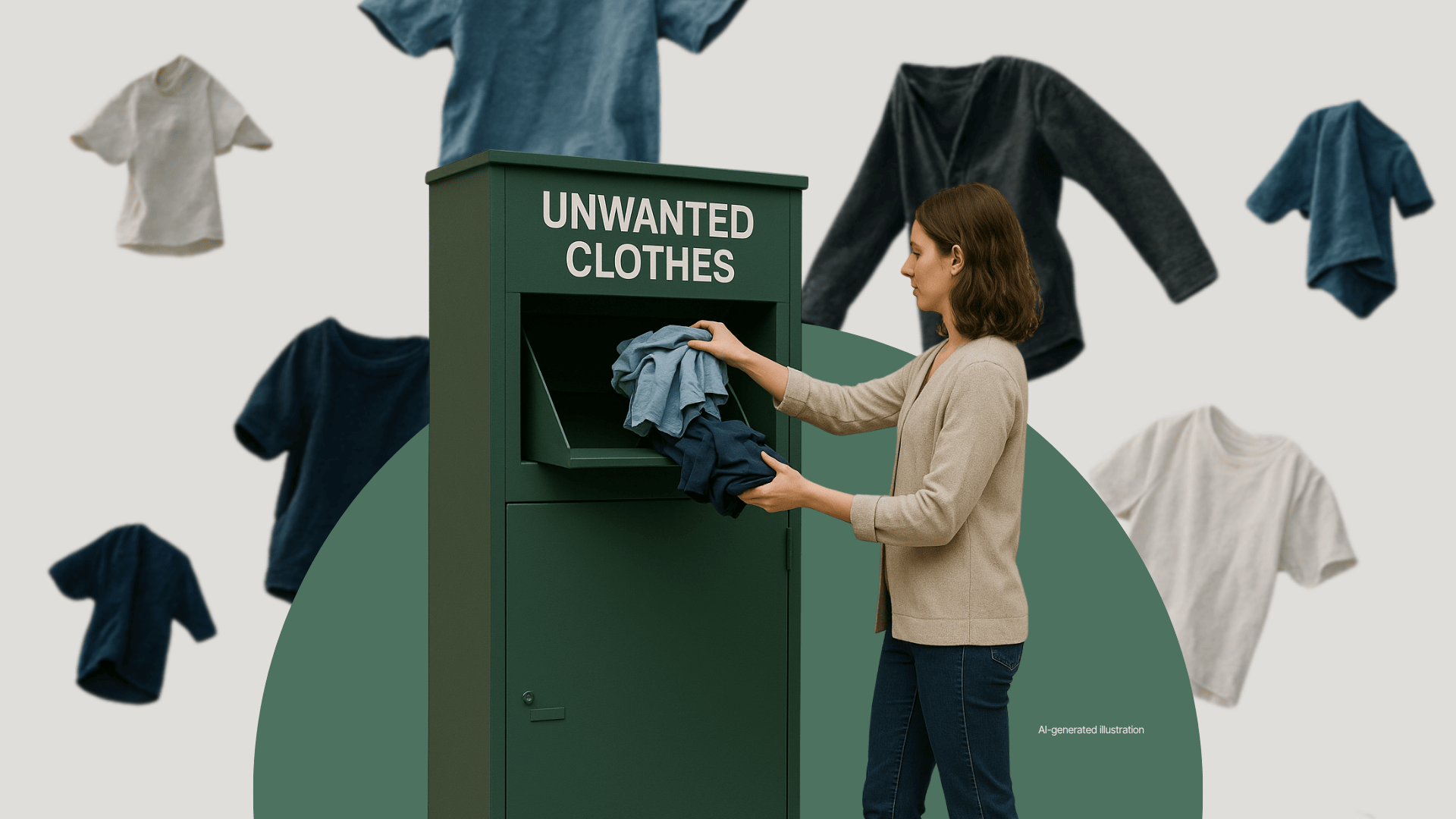Have you ever stood in front of a clothing donation box, feeling good about decluttering your closet while helping someone in need? For many, the simple act of dropping off old clothes feels like a direct path to doing good — reducing waste, aiding communities, and possibly giving garments a second life.
But here’s the twist: the journey your donated clothes take is often more complicated — and sometimes more troubling — than it appears.
Where Do Donated Clothes Really Go?
In developed countries, donation boxes are often part of a well-oiled system that sorts and redistributes wearable clothes to local charities or thrift stores. This is the ideal scenario — one where your clothes genuinely help people nearby.
However, reality can be quite different. In many cases, donated clothing is exported in massive volumes to developing countries in Africa and Asia. While this may sound generous, it often creates more problems than it solves.
Take Ghana, for example. Locals call these second-hand imports mitumba — bales of discarded clothes, often of poor quality, that can’t be sold. These end up in landfills, burned, or dumped into rivers, creating environmental hazards and undermining local textile industries.
Globally, the problem is staggering: 87% of textiles still end up in landfills or incinerated. In many developing countries, the infrastructure to recycle textiles is minimal — less than 1% is recycled into new clothing.

Why Good Intentions Aren’t Always Enough
Several challenges make clothing donation less effective than it appears:
- Contamination: Clothes that are dirty or damaged often can’t be reused.
- Lack of Transparency: Many donors have no idea where their clothes end up because organizations rarely share this data.
Impact on Local Industries: Cheap imported clothes can destabilize local markets, putting local textile workers out of business.
Building a More Sustainable Future Together
Donating clothes can still be part of the solution — but it needs to be done thoughtfully and with systemic change in mind. Here’s how:
Consume Responsibly: Buy fewer, higher-quality clothes that last longer.
Repair and Reuse: Extend the life of your garments through repair, upcycling, or repurposing.
Choose Ethical Channels: Donate only to organizations that ensure clothes are reused locally or recycled responsibly.
Demand Transparency: Ask organizations where your donations go and how they’re used.
Support Policy Changes: Advocate for regulations that promote textile recycling and hold organizations accountable.
The Bigger Picture
Dropping clothes in a donation box may feel like the end of their story — but it’s just the beginning of a complex chain. Without proper systems, many of these clothes will end up as waste in another part of the world.
A truly sustainable fashion system requires more than just individual goodwill. It demands collaboration between consumers, charities, policymakers, and industry leaders to ensure that the cycle of fashion is circular, ethical, and environmentally responsible.
So next time you declutter, think beyond the box. Every item of clothing is a chance to be part of the solution — not the problem.
Source:
- Ellen MacArthur Foundation, “A New Textiles Economy”
- The Guardian, “‘It’s like a death pit’: how Ghana became fast fashion’s dumping ground”
- Moazzem et al, “Environmental impact of discarded apparel landfilling and recycling” https://doi.org/10.1016/j.resconrec.2020.105338
- Recycle Now. “Clothing and textiles.”
- ScienceDirect. “Exploring supply chain capabilities in textile-to-textile recycling.”
- MDPI. “Advancing Textile Waste Recycling: Challenges and Opportunities.”
- The Guardian. “Ghana pays for the west’s wastefulness.”
- Vogue Business. “Secondhand fashion: Is it really good for Africa?”
- Green News Ireland. “Threads of Transparency – uncovering the truth behind discarded clothes.”
- Wikipedia. “Mitumba (clothing).”



This is a great reminder that financial planning isn’t just about numbers; it’s about aligning your money with your life goals. Physician Lifecycle Planning can help you make the most of your earning potential while ensuring you’re also prioritizing your well-being and quality of life.